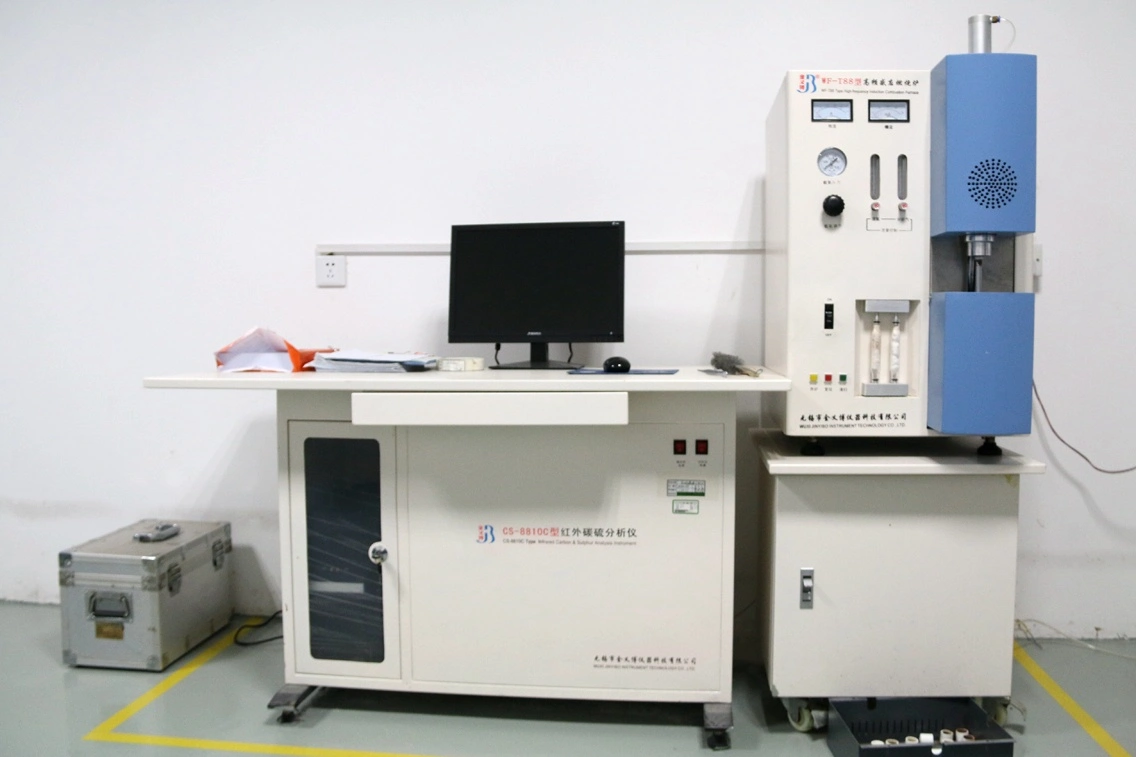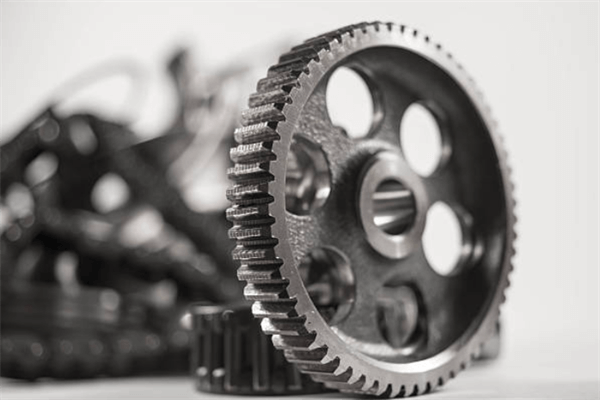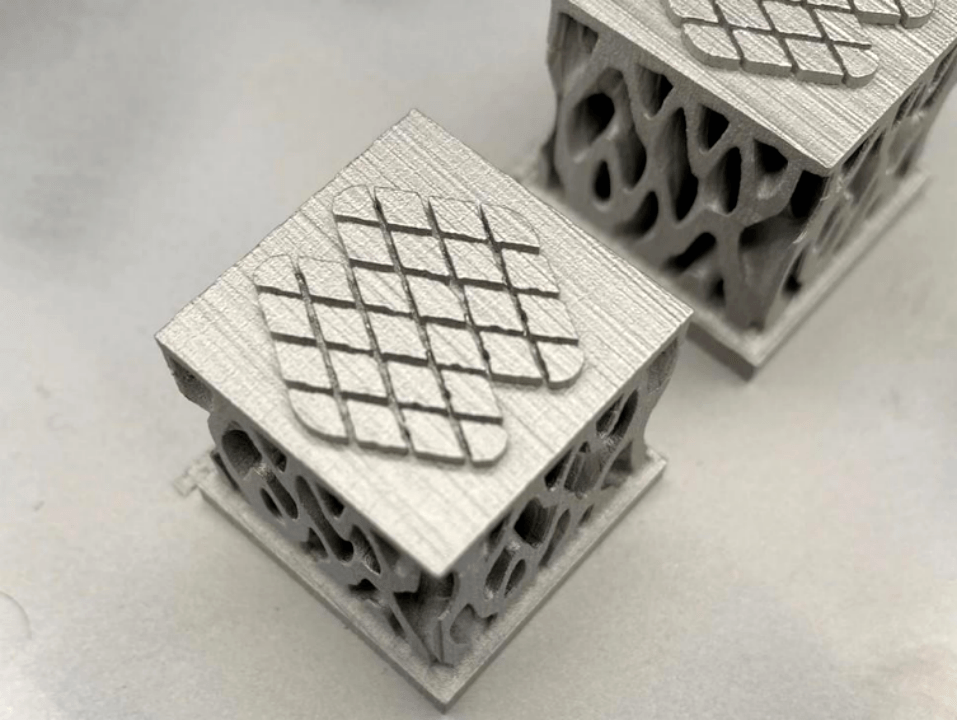Can Binder Jetting produce carbon steel parts, and what are its advantages?
Can Binder Jetting Produce Carbon Steel Parts, and What Are Its Advantages?
Feasibility of Carbon Steel in Binder Jetting
Yes, Binder Jetting can be used to produce carbon steel parts by printing with carbon steel powders such as AISI 4140, AISI 4130, and Tool Steel D2. The process involves selectively depositing a liquid binder onto a powder bed, forming a green part that is later debound and sintered to achieve final strength and density. This method is particularly useful for high-volume production of structurally robust, wear-resistant carbon steel components.
Key Advantages of Binder Jetting for Carbon Steel
1. High Production Efficiency
Binder Jetting prints entire layers at once, enabling significantly faster build rates compared to melting-based processes. This makes it ideal for producing automotive and industrial carbon steel parts such as brackets, bushings, gears, and couplings in large volumes.
2. No Support Structures Required
Since the part is supported by loose surrounding powder, Binder Jetting eliminates the need for supports, allowing for greater design freedom and ease of post-processing. It is ideal for producing nested or complex internal geometries such as cooling channels or lightweight trusses.
3. Cost-Efficient Manufacturing
Binder Jetting consumes less energy and enables material reuse, contributing to reduced per-part costs. It is especially beneficial when manufacturing carbon steel parts with moderate dimensional tolerances and post-sintering heat treatment.
4. Scalability for Series Production
The combination of high-speed printing and sintering ovens makes Binder Jetting highly scalable for batch manufacturing. It is well-suited for industries that require thousands of consistent carbon steel parts with repeatable properties.
Customer-Oriented Solutions and Services
To support carbon steel part production with Binder Jetting, we offer:
3D Printing Technologies:
Access our Binder Jetting service as part of our broader Carbon Steel 3D Printing capabilities for efficient, high-volume part production.
Carbon Steel Material Options:
Choose from AISI 4140, AISI 4130, Tool Steel D2, and other grades based on your mechanical and wear resistance requirements.
Post-Processing Services:
Achieve final density, strength, and precision through sintering, CNC machining, and surface treatment tailored to industrial standards.



